First Vegetable Garden
colinhanke
9 years ago
Related Stories

GARDENING GUIDES10 Easy Edibles for First-Time Gardeners
Focus on these beginner-friendly vegetables, herbs, beans and salad greens to start a home farm with little fuss
Full Story
EDIBLE GARDENS8 Surefire Vegetables and Herbs for Beginning Gardeners
Learn the edible plants that are popular and easy to grow in a backyard or container garden
Full Story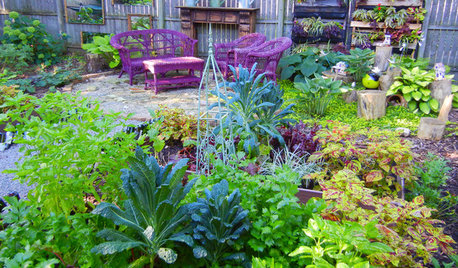
GARDENING GUIDESShades of Vegetable Gardens: Growing Edibles in Less Sun
See how one gardener produces a veritable feast of vegetables and herbs under a canopy of shade
Full Story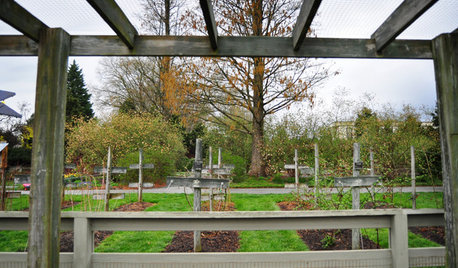
GARDENING AND LANDSCAPINGVegetable Growing Lessons From Longwood Gardens
Get ideas for your own edible landscape from a Pennsylvania showpiece and teaching garden
Full Story
FARM YOUR YARDAdvice on Canyon Farming From L.A.'s Vegetable Whisperer
See how a screened garden house and raised beds help an edible garden in a Los Angeles canyon thrive
Full Story
GARDENING GUIDESVegetables and Flowers Mix in Beautiful Edible Gardens
Ornamentals, meet your edible garden mates. We know you'll get along just beautifully
Full Story
EDIBLE GARDENSGarden BFFs? Why Your Vegetables Are Begging for Companion Plants
Foster friendships among plants for protection from pests, pollination support and color camaraderie
Full Story
GARDENING GUIDES11 Favorite Edibles for Your Cool-Season Garden
Plant crunchy carrots, crisp radishes, tender peas and other vegetables for fall and spring harvests
Full Story
FARM YOUR YARD9 Ways to Change Up Your Vegetable Garden for the Coming Season
Try something new for edible plantings that are more productive than ever
Full Story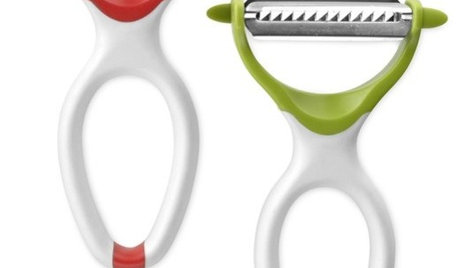
12 Vegetable Peelers to Make Quick Work of Your Garden Bounty
Steel yourself: These ergonomic and modern-looking tools bear little resemblance to the one-note peelers of the past
Full Story





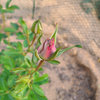
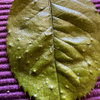
grubby_AZ Tucson Z9
Fascist_Nation
Related Professionals
Leawood Landscape Architects & Landscape Designers · Mountain Brook Landscape Architects & Landscape Designers · Harvey Landscape Architects & Landscape Designers · Anderson Landscape Contractors · Lakeland Landscape Contractors · Chesapeake Ranch Estates Landscape Contractors · Concord Landscape Contractors · Lehigh Acres Landscape Contractors · Metairie Landscape Contractors · Muttontown Landscape Contractors · Soddy Daisy Landscape Contractors · Yukon Landscape Contractors · Birmingham Carpenters · Stratford Carpenters · Tucson CarpenterscolinhankeOriginal Author
pumpkineater2
lazy_gardens
colinhankeOriginal Author
MaryMcP Zone 8b - Phx AZ
sundrop07